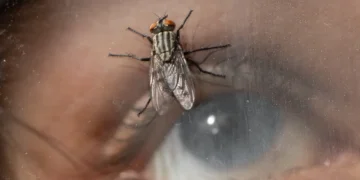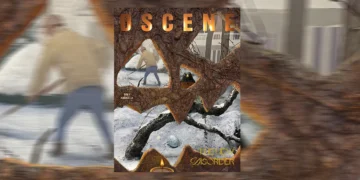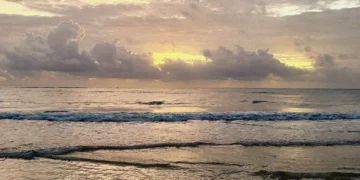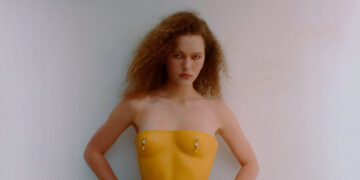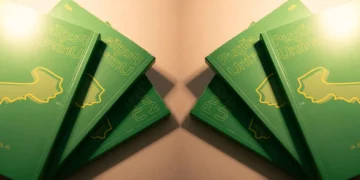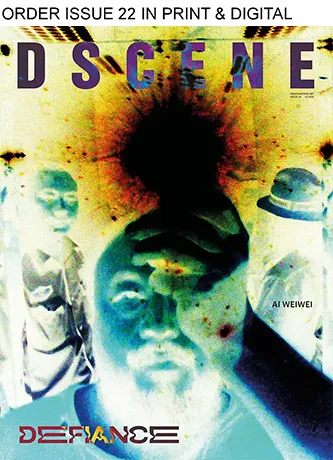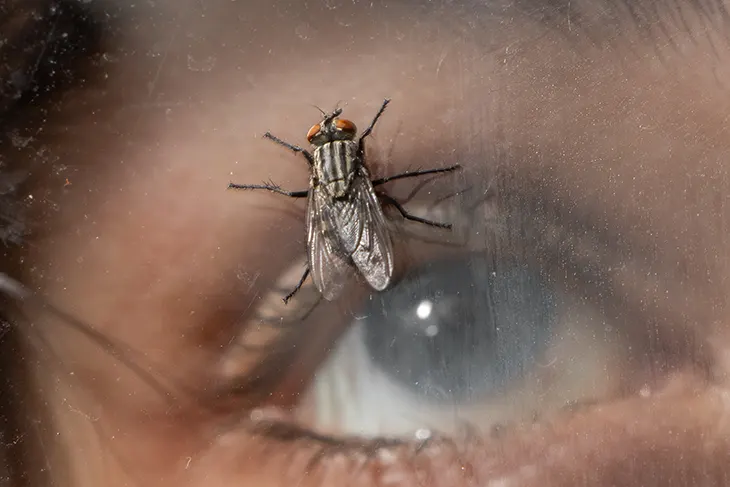
American photographer and visual artist Mario Dante Napoli resides in the marshlands of New Jersey, where he transforms suburban landscapes into backdrops for his evocative images. A graduate of the now-closed University of the Arts, Mario’s work intertwines nostalgia with modern existential pressures, capturing the unique tensions of contemporary life. His photographs often feature themes like gore, Americana, decay, horror, and childlike elements, creating a tension between innocence and fear.
PRE-ORDER IN PRINT and DIGITAL
In conversation with DSCENE Magazine’s editor Pavle Banovic, Mario talks about his creative process, which he describes as deeply contemplative until an idea resonates with him. He discusses his collaboration with Andrew Solari on the book “Eye Spy A Dead Dog,” the inspiration behind his recurring themes, and how his work is influenced by artists like David Lynch and David Foster Wallace. Mario also shares his thoughts on the significance of horror in Western culture and hints at where he sees his art evolving in the future.
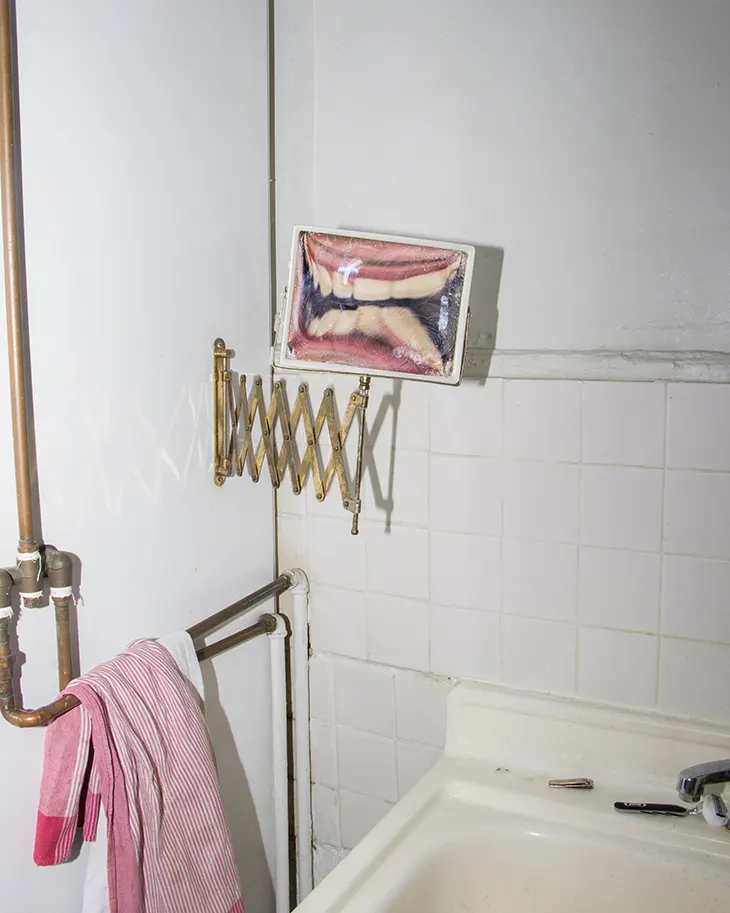
What does your working process look like? – Depends on the project, but it’s a lot of contemplating an idea until I’ve convinced myself to like it. The rest is boring—just sourcing objects and people to handle them.
Elements like gore, Americana, decay, horror, and flash photography seem to recur in much of your work. What inspires you about these themes? – It’s scary; I’m scared all the time. It’s hard to make something that isn’t a reflection of that, but that’s also what makes it so cool.
I think I just want to be a child again, and I know it’s not possible, so these conflicting elements are just me arguing with myself.
How did the collaboration with Andrew Solari for the “Eye Spy A Dead Dog” book come about, and what was the creative process like for both of you? – Andrew would drive around at night and dig through trash to sell at the flea markets, and we needed something to do with the stuff that didn’t sell. I don’t think we thought about it much further than that—hahaha.
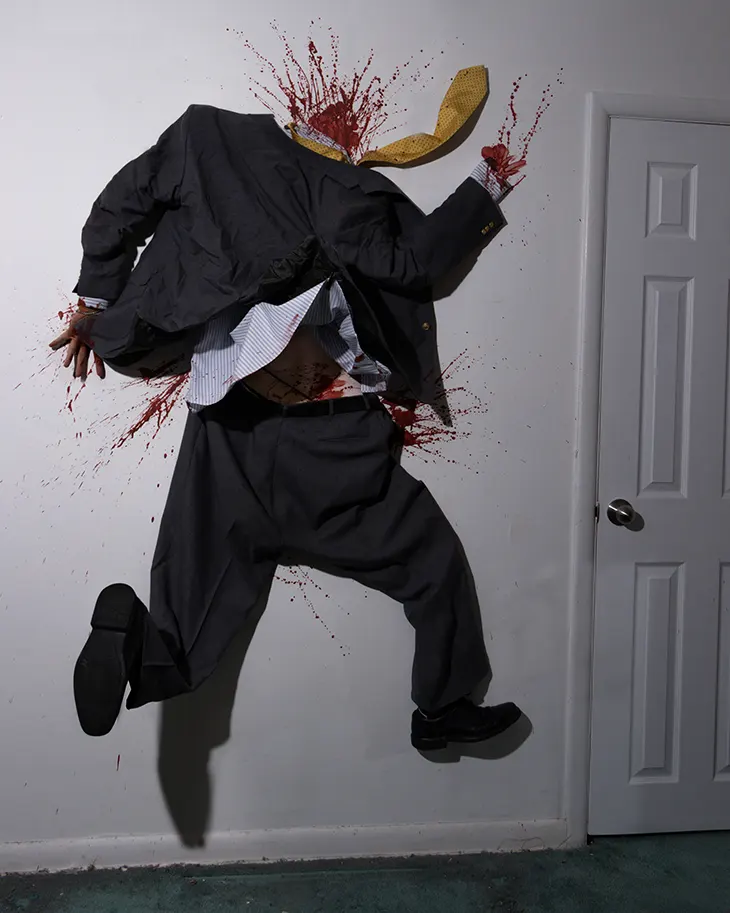
Besides that project, you often incorporate childlike elements—related to play, toys, and scribbles—into your works, juxtaposing them with gorier or “spooky” elements. How do you see these elements relating to each other? – I think I just want to be a child again, and I know it’s not possible, so these conflicting elements are just me arguing with myself. I have nothing to offer other than my own confusion.
Where do you see the significance of horror and magical elements in today’s Western culture? – Kinda seems like everything going on here is magically horrible. I don’t know; I try not to think about it.
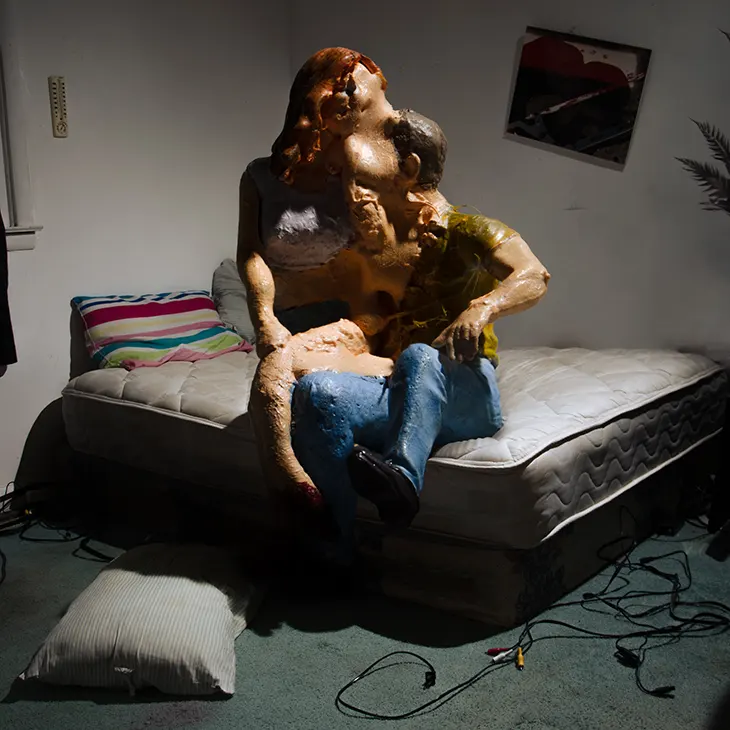
Does your process differ when working on commercial projects compared to your independent work? – Commercial work doesn’t allow much time for playing around, which makes it more challenging, but it also makes you a better decision-maker. Whereas my “independent” work is hardly work at all. No deadlines can let you shape an idea into infinity, but it takes a while to get there.
I have nothing to offer other than my own confusion.
Do you have a favorite conspiracy theory? – We are 100% living in a computer, and advertisers are taking advantage of GPS to make us drive past their businesses.
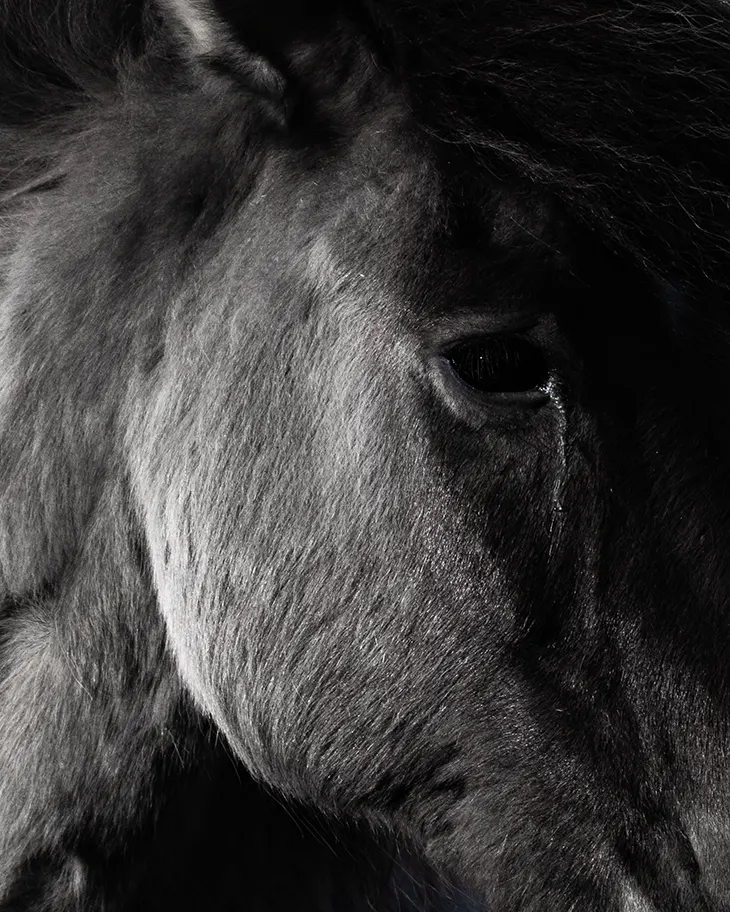
What recent books, movies, or other media have inspired you? – “Beau Is Afraid” came out not too long ago. I really loved that movie. Most of the books and films that inspire me are pretty old. I love David Lynch’s films; I could watch them and nothing else forever. And I really love David Foster Wallace’s writings; those two kind of inform my approach the most. And of course, whatever my phone tells me to look at.
What have you been thinking about lately, and where do you see your work evolving? – Well, I really need a job, so I think about that—a lot. As for my art, I’m going to try not to think about it.

